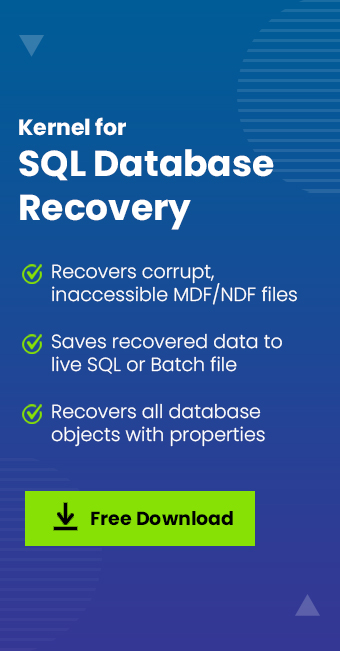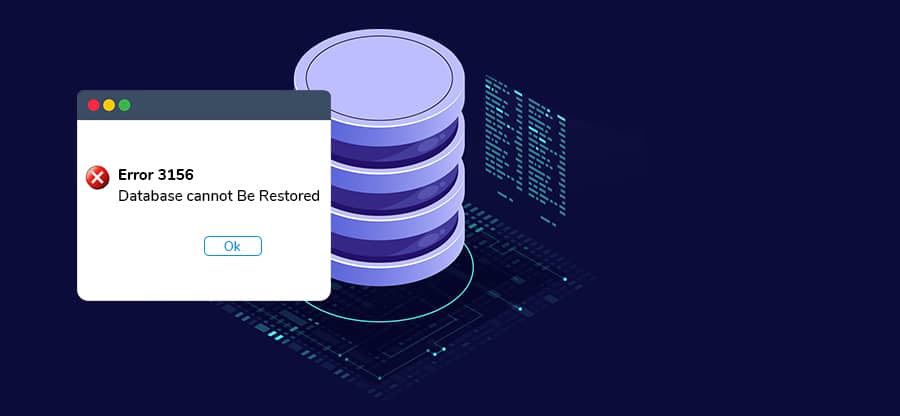Read time: 4 minutes
Performance monitoring of SQL Server deployment tools and services has always been a crucial part of any DBA’s regular audits. It helps in maintaining and troubleshooting the queries or issues that can hurt the performance of the SQL Server.
Activity Monitor is a dedicated Microsoft tool that helps with this process. However, using this tool might cause a certain performance dip, preventing the SQL Server from reacting rapidly to any query.
Activity Monitor is available with Microsoft’s SQL Server Management Studio and is not supposed to hurt or affect the software. But the main reason behind its disturbing impact on SQL Server is the consumption of several server resources.
In this article, we will talk about this issue in detail, highlighting the best solutions to fix it.
A brief about activity monitor
A process called “observer overhead” aims to minimize the consumption of resources when monitoring the performance of any system. And that’s how tools are designed. Some of these tools reduce the collection of data to rip off the increased load during the process.
Database performance tools work by attaining a certain amount of data on specified time intervals, which is then stored either on a local data store or in another remote data store. After that, the data is simply captured at the point-in-time interval for other third-party tools, where users implement some queries for data reviewing and processing.
How it affects?
Activity Monitor is seamless in operation, but practically it slows down the processing and reactivity of SQL servers in certain instances. The issue is clear as stated above – allocation of several resources at the same time.
So, how does it affect the application? While allocating the resources, CPU clock cycles get hacked and hold the allocated memory that might have been previously allocated for processing queries and other transactions.
As a result, a surplus overhead combined with Activity Monitor to run 13 consecutive queries in a loop of 10 seconds. And this will keep the dashboard busy with the monitored stats that will be required for tracking the performance.
So, running Activity Monitor will compromise other crucial processes like TempDB, which is responsible for suboptimal server operation.
Alternate solutions
So, how can you avoid activity monitor hurting your SQL server performance? Let us see.
- Upgrade To The Latest SQL Server Version
- Check Task Manager
- Monitor The Event Log
In case you’re not using the latest version of SQL Server, you should check for the upgraded or updated versions. SQL Server 2000 and 2005 are presently not under the dynamic turn of events – the query processing engines are quite old, and support for diagnosis has improved a lot with the current variants of SQL Server.
The correct version of SQL Server will provide better options to monitor the performance and give accurate results through diagnosis. Also, you can avoid the disproportions of resource allocation.
Once you have upgraded to the latest version of SQL Server, you will have the leverage to utilize high capacity 64GB of RAM for quick server responses. And if you still experience slower processing, you have Task Manager to sort the prioritized tasks and choose which tasks to kill or run for better performance.
If your system has an antivirus installed, you need to configure the exceptions. And when other users RDPing for building SSIS packages through the server, you need to revoke their access. So, here the agenda is to get rid of every aspect that slows down the memory.
Event Log is a great alternative to check the list of events and errors related to the database. It has potential data that DBAs sometimes ignore.
If there is any problem regarding SQL Server or Windows, it will raise the complaint to warn the users. Hence, you will see that the server is waiting to dump the processes that are taking a long time or resolve hardware-related issues.
To avoid activity monitoring interference and subsequent data disruption with SQL Server, you should recover its data. and also use manual methods to export SQL Server tables to CSV file and safely keep it. Having a solid recovery tool will allow you to use it if you lose your databases in an emergency. The ideal way to recover SQL Server databases is to use an automated solution like the Kernel for SQL Database Recovery tool specifically designed for SQL recovery.
The software is designed with advanced algorithms that allow it to capture errors in the SQL databases and repair them in the most authentic way. Besides, it is capable of recovering all database objects, including triggers, rules, functions, tables, deleted records, etc.
Final thoughts
Since performance monitoring is a crucial task of SQL Server, it is necessary to use a tool for making the process fluent. Activity Monitor might be a preferred tool from Microsoft, but it causes various other problems in the case of multitasking and fast processing. So, make sure to use the alternate options to enhance the performance of the SQL Server. If you face SQL data loss issues, you can use Kernel for SQL Database Recovery to recover the lost data. The software can check the database file and recover deleted records in SQL Server as well the severely corrupt ones. It is a guaranteed approach when the database is affected due to active monitoring







